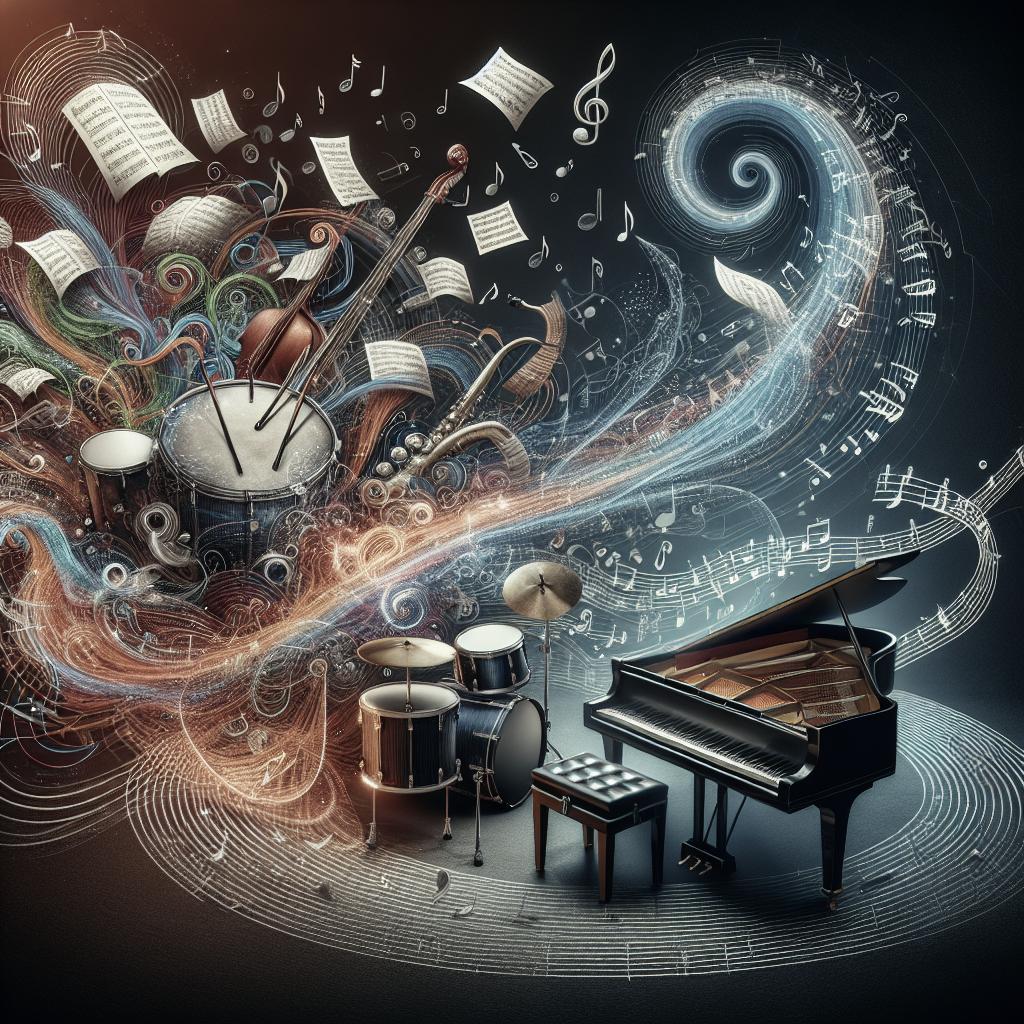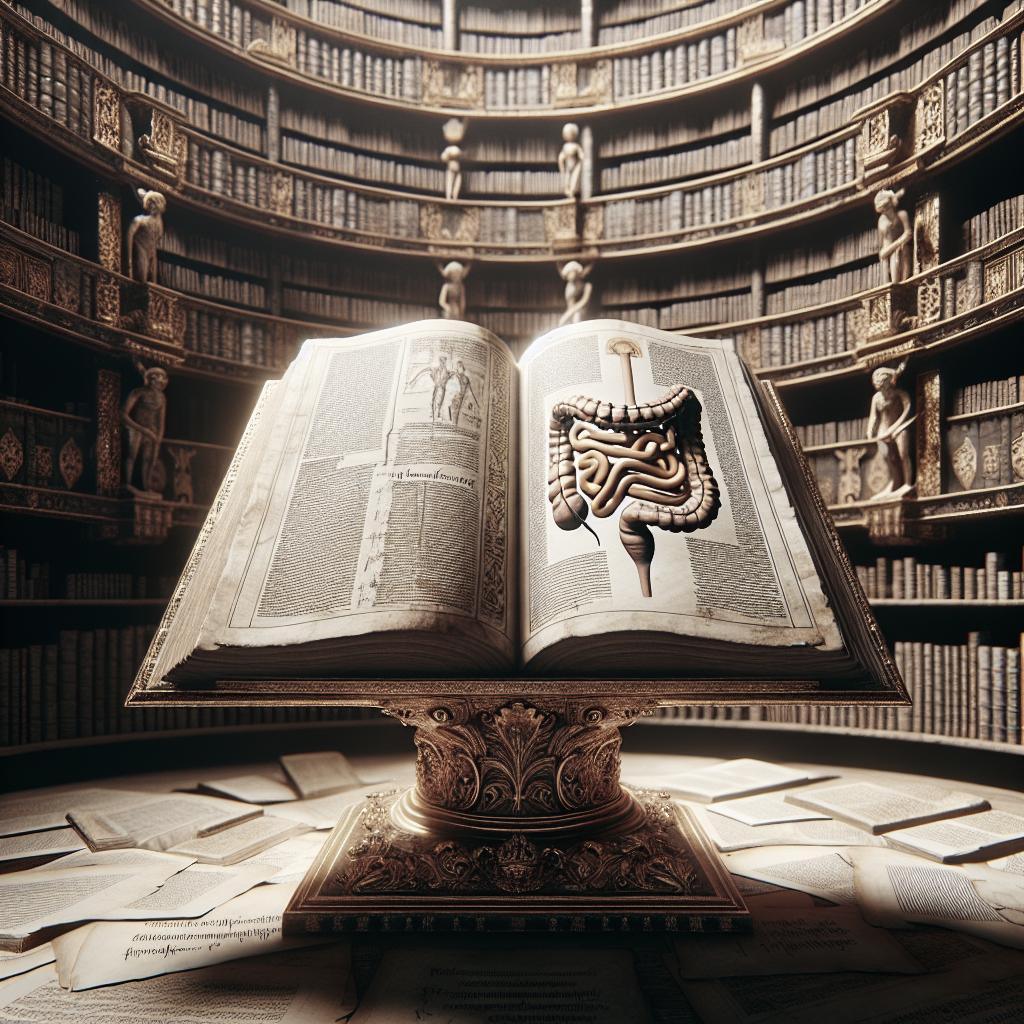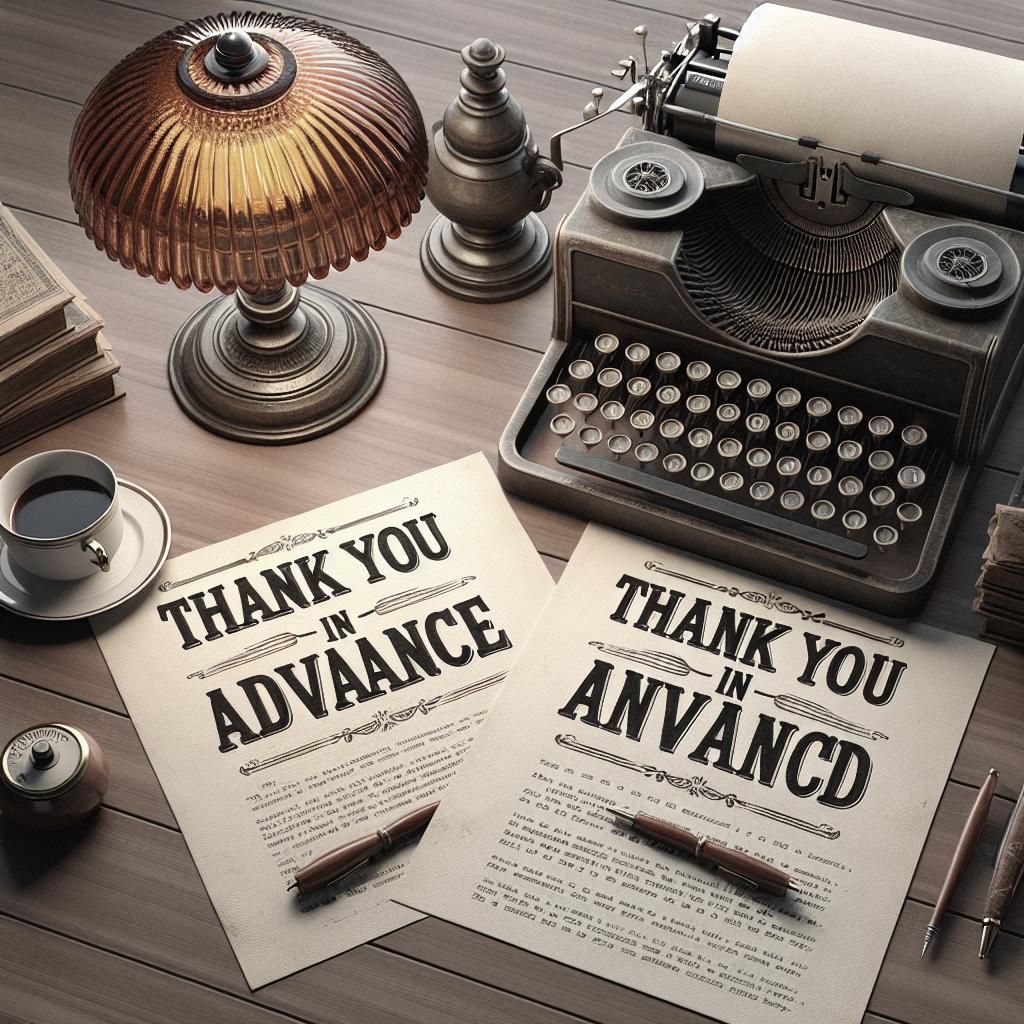Exploring the Art of Rhythm in Writing
In the realm of writing, rhythm plays a crucial role in shaping the reader’s experience and engagement. Much like in music, rhythm in writing refers to the pattern and flow created by the arrangement of words and phrases, enhancing the narrative’s mood and tone. While often associated with poetry, rhythm also finds its place in prose, subtly influencing how stories are perceived. This blog post delves into the multifaceted concept of rhythm, analyzing its differences in literature and poetry, and exploring its core components—stressed and unstressed syllables—and their interactions. Additionally, we examine various types of meter and their impact in rhythmic writing, assess the value of rhythm in prose, and consider its relationship with authorial style and character development. Finally, we explore examples of rhythm in literature and offer practical insights for using rhythm and meter to create compelling and memorable writing.
What is rhythm in writing?
At its most fundamental level, rhythm in writing refers to the cadence and flow created by the arrangement of words, phrases, and sentences. Just like the beat in a piece of music, rhythm dictates how a piece of writing feels to the reader and can influence the overall mood of the text. This rhythm arises from the natural patterns of stressed and unstressed syllables, sentence structure, punctuation, and the length of clauses and sentences. Rhythm is important because it not only affects readability but also serves as a subtle guide for the reader’s emotions and responses. A well-crafted rhythm can enhance tension, create intimacy, evoke a sense of urgency, or soothe the reader. It is an indispensable tool for writers to influence their audience subtly, without them even realizing why a particular piece of writing feels just right. Moreover, rhythm in writing isn’t a rigid constraint for writers; rather, it’s a flexible tool that, when used skillfully, can significantly enhance storytelling. Writers can manipulate rhythm to serve their narrative purposes, using it to mirror the characters’ feelings, underscore thematic elements, or heighten the impact of key plot points.
What are the differences between rhythm in literature and rhythm in poetry?
Rhythm in literature and rhythm in poetry, while sharing core elements, diverge in execution and intent. In poetry, rhythm is often more deliberate and structured due to the constraints of form such as meter and rhyme schemes. Poetic rhythm is typically measured in feet and includes a combination of stressed and unstressed syllables that create a musical quality, essential for expressing emotions and concepts succinctly. In contrast, prose rhythm tends to be more fluid and subtle. Instead of adhering to strict metrical patterns, prose rhythm arises from the natural flow of language and the writer’s stylistic choices. It doesn’t rely on specific syllable counts or rhyme but rather leverages sentence length, punctuation, and word choice to achieve desired effects. Prose rhythm helps maintain readers’ interest by ensuring the narrative doesn’t become monotonous, and it can be instrumental in establishing tone and voice. While poetry often foregrounds its rhythm to heighten its artistic expression, in literature, rhythm serves to support the narrative and characters, often remaining in the background yet crucial to the text’s overall impact. A skilled novelist might use rhythm to subtly convey tension through rapid-fire dialogue or to evoke tranquility through longer, flowing descriptions.
Elements of rhythmic writing
Stressed syllables
Stressed syllables are the backbone of rhythm in writing. In English, every word with more than one syllable has at least one stressed syllable, which is pronounced with greater emphasis than the others. This natural emphasis creates a beat or pulse that contributes to the rhythm of a sentence. Writers can harness these natural stresses to create a musicality in their writing that enhances both the aesthetic quality and the reader’s engagement. In creative writing, stressed syllables are used intentionally to produce specific effects. For example, a series of words with strong initial stress might convey urgency or intensity, while varying the placement and frequency of stressed syllables can control the pacing of a narrative. Skillful writers recognize the power of stressed syllables in aligning the reader’s emotional experience with the storyline.
Unstressed syllables
Unstressed syllables, while less prominent, play a crucial role in creating rhythm. These syllables act as the silent partners in the rhythm equation, offering contrast to their stressed counterparts. The interplay between stressed and unstressed syllables is what gives rhythm its shape and texture, guiding the reader through the text naturally. Unstressed syllables lend variety to writing, preventing it from becoming too forceful or monotonous. They offer reprieve and balance, allowing the narrative to ebb and flow. By skillfully manipulating unstressed syllables, writers can create a dynamic rhythm that reflects the natural cadences of speech and enhances the readability and emotional impact of their work.
The interaction between stressed and unstressed syllables
The dynamic relationship between stressed and unstressed syllables is where the magic of rhythm truly emerges. This interaction gives rise to various rhythmic patterns and meters that evoke different responses from readers. Consider the rhythmic lilt of a lullaby versus the driving beat of a war chant; these distinct effects are achieved by varying the interplay of stressed and unstressed syllables. In writing, this interaction can be used to establish tone, pace, and mood. A passage with a close succession of stressed syllables can create tension or excitement, whereas a more balanced distribution might offer calmness or narrative clarity. Effective use of rhythm involves aligning the beats of the text with the strategic objectives of the author, ensuring that the rhythm complements the content and enhances the reader’s experience.
Types of meter in rhythmic writing
1. Iamb
An iamb is a metrical foot consisting of an unstressed syllable followed by a stressed syllable, commonly used in both prose and poetry. It’s a natural metrical pattern in English due to its similarity to regular speech rhythms, making it prevalent in English verse, notably in Shakespearean sonnets. The iambic meter creates a rhythm that feels familiar and comfortable to readers, often used to evoke a reflective or contemplative mood. Its widespread use is evident in lines like Shakespeare’s, “Shall I compare thee to a summer’s day?” where the consistent gentle rise and fall complement the poem’s lyrical quality.
2. Spondee
Spondee consists of two successive stressed syllables, often employed to add emphasis and gravity to a particular part of the text. Its heavy rhythm can help underscore moments of high drama, seriousness, or martial vigor within a narrative. While rare in sustained use due to its intense nature, spondees are strategically placed within poetry and prose to disrupt the flow and draw attention. The use of spondees can create a stark contrast that highlights particular words or ideas, serving as a powerful force for creating impact when used judiciously.
3. Trochee
The trochee, composed of a stressed syllable followed by an unstressed one, produces a rhythm that is bolder and more forceful than that of an iamb. This pattern can be used to convey an assertive or commanding tone, making it effective for establishing mood right from the start of a sentence or line. Unlike the soothing rise and fall of iambs, trochees grab attention with their strong initial beats. This rhythmic pattern is often used to create urgency or to instill a sense of foreboding, as seen in the opening of Longfellow’s “The Song of Hiawatha”: “By the shores of Gitche Gumee.”
4. Dactyl
Dactyls, consisting of one stressed syllable followed by two unstressed ones, introduce a rhythm that’s more complex and lively, often likened to a waltz. This meter allows for a narrative flow that’s upbeat, dynamic, and spirited, lending itself well to lively descriptions and action sequences. Their rhythmic pattern can be used to create an engaging beat that propels the narrative forward, offering a bouncy, forward-moving quality. This makes the dactyl an ideal choice for evoking adventure and excitement, as exemplified in Tennyson’s “The Charge of the Light Brigade.”
5. Anapest
Conversely, an anapest is a metrical foot consisting of two unstressed syllables followed by a stressed syllable. This meter creates a rhythm that is gentle and musical, building toward the climax on the final stressed syllable. The anapestic pattern is often used to generate anticipation or build suspense. Anapests provide a slow build followed by a strong finish, making them suitable for drawing readers along in a gently escalating action. They can be used to convey a range of emotions, from anxiety to excitement, especially when the narrative needs to burst forth with energy, as seen in Byron’s “The Assyrian came down like the wolf on the fold.”
Why is rhythm important in prose writing?
Rhythm in prose governs how a story flows and how it resonates with its readers. It dictates the pace of the narrative, the mood it projects, and the level of engagement it garners. The rhythm of prose regulates the reader’s breathing, their internal listening of the text, subconsciously guiding their interpretation of the narrative. Prose that pays attention to rhythm can effectively captivate readers, immersing them in the world of the story. By varying sentence structures—short, impactful sentences juxtaposed with longer, flowing ones—a writer can manipulate the rhythm to reflect internal conflict, emotional crescendos, or serene contemplations. This attention to rhythmic writing results in a narrative that feels alive and responsive to the ebbs and flows of the plot. Furthermore, rhythm enhances readability and coherence. Consistent rhythm aids in creating a narrative flow, allowing readers to follow effectively without getting lost in convoluted or awkward sentence structures. It also reinforces the thematic undercurrents of the text, subtly mirroring the emotional highs and lows that are intrinsic to the story.
Does every story need rhythmic writing?
While rhythm is a valuable tool in writing, not every story necessitates a pronounced use of rhythmic elements. The need for rhythm largely depends on the story’s genre, purpose, and style. For instance, a fast-paced thriller may require a more dynamic rhythm to maintain tension and suspense, while a reflective memoir might benefit from a slower, more melodic rhythm. It’s essential to strike a balance that serves the narrative. Some stories, particularly those driven more by plot than prose, may prioritize clarity and simplicity over rhythmic complexity. In such cases, an overemphasis on rhythm could detract from the story’s content. Ultimately, the decision to employ rhythmic writing should align with the writer’s intent and the narrative’s demands. Rhythm, when used deliberately and effectively, can enhance storytelling, but it is not a rigid requirement. Instead, it remains a versatile technique available to writers, to be used selectively to enrich the narrative and resonate with the audience.
The relationship between rhythm and style
Rhythm and style are intrinsically linked, with rhythm often serving as a distinguishing feature of a writer’s unique voice. The rhythm a writer employs is a significant component of their stylistic signature, influencing the tone, pacing, and emotional impact of their work. A writer’s rhythm can be reflective of their narrative approach—whether lyrical, terse, staccato, or fluid. A writer known for their lyrical prose might employ rhythm to create immersive, almost poetic narratives, characterized by flowing sentences and vivid imagery. In contrast, a writer who prefers brevity might use rhythm to deliver sharp, concise prose, placing emphasis on punchy sentences and powerful pauses. Furthermore, rhythm is a tool for demonstrating character voice and perspective. Different characters might express themselves in varying rhythms, aligning with their personality, background, or emotional state, thereby adding depth and authenticity to the narrative. The interplay between rhythm and style reinforces the thematic essence of the work and, at times, can become a narrative in itself.
Using rhythm in prose to establish your characters
Rhythm in prose is a powerful tool for character development, allowing writers to express their characters’ identities and emotions through their speech patterns and internal monologues. A character’s unique rhythm can reveal their emotional state, background, and personal traits, contributing to a richer portrayal. For instance, a character with a rapid, clipped rhythm might evoke a sense of urgency or impatience, while a character whose speech flows with a slow, melodic rhythm could appear calm and introspective. By assigning distinct rhythms to characters, writers can make them more memorable and relatable to the audience, deepening the reader’s engagement with the story. Additionally, rhythm can illustrate character development over time. As characters evolve, their rhythmic patterns might change, reflecting growth, transformation, or conflict resolution. This dynamic aspect of rhythm not only enriches the narrative but also underscores the journey of the characters, providing insight into their internal landscapes and the wider narrative arc.
How is rhythmic dialogue different from standard speech?
Rhythmic dialogue in writing differs from standard speech by its deliberate arrangement of beats and pauses to achieve specific effects in the narrative. While real-life conversation often unfolds informally, with spontaneous rhythms and patterns, rhythmic dialogue is curated to enhance storytelling, ensuring each line contributes to the desired pacing, mood, or tension. In rhythmic dialogue, the choice of words, sentence length, and pacing align to reflect character nuances and propel the plot. It is crafted not only to convey information but to evoke atmosphere and reveal character dynamics. This strategic rhythm can breathe life into a scene, heightening emotional impact and adding layers of meaning. Moreover, rhythmic dialogue often involves a careful balance between naturalism and stylization. It needs to sound believable while serving the narrative’s goals, avoiding jarring shifts that break immersion. Skilled authors employ rhythmic dialogue to make interactions resonate emotionally with readers, weaving seamlessly into the wider rhythm of the text to maintain coherence and flow.
Examples of rhythm in literature
Literature is rife with examples of how rhythm can enhance storytelling, shape characters, and foster thematic depth. In F. Scott Fitzgerald’s “The Great Gatsby,” the rhythm of the prose captures the era’s frenetic pace and underlying melancholy, with lines that ebb and flow between jazz-like exuberance and the haunting echo of lost dreams. Similarly, in Toni Morrison’s “Beloved,” the rhythm mirrors the complex interplay of past and present, capturing the haunting cadence of memory and trauma. Morrison’s lyrical style employs rhythm to deepen emotional resonance and bring the nuanced emotional tapestry of her characters to life. Another notable example is Virginia Woolf’s “Mrs. Dalloway,” where the rhythm often mimics the stream of consciousness, reflecting the characters’ internal psychologies and connecting the mundane with the profound. Woolf’s use of rhythm immerses readers in her characters’ thoughts and emotions, weaving an intricate tapestry of interwoven lives and temporal shifts.
Create memorable writing with rhythm and meter
Writing infused with thoughtful rhythm and meter captures the reader’s attention and leaves a lasting impression. Utilizing rhythmic elements intentionally can transform ordinary text into an evocative experience, drawing readers into the world of the narrative. By understanding and experimenting with the tools of rhythm—like stressed and unstressed syllables, varied meter types, and balanced sentence structures—writers can craft prose that resonates emotionally and aesthetically. Creating memorable writing with rhythm involves attention to the nuances of sound and structure, allowing the text to flow naturally and expressively. Writers may also use rhythm to enhance narrative themes, mirror character moods, and emphasize transitions. By doing so, they ensure that their work not only communicates effectively but also enriches the reader’s journey, leaving an indelible mark that persists long after the final page is turned. Here is a summary of the main points discussed:
| Section | Key Points |
|---|---|
| What is rhythm in writing? | Rhythm refers to the flow and cadence of text; it influences reader engagement and mood by leveraging natural language patterns. |
| Differences between rhythm in literature and poetry | Poetry has structured meter and rhyme, while prose employs fluid rhythm through sentences and stylistic choices. |
| Elements of rhythmic writing | Involves stressed and unstressed syllables and their interactions, shaping the text’s musicality and flow. |
| Types of meter in rhythmic writing | Includes iamb, spondee, trochee, dactyl, and anapest, each contributing distinct rhythmic qualities and effects. |
| Importance of rhythm in prose | It enhances readability, emotion, and engagement by controlling the narrative’s pacing and tone. |
| Need for rhythmic writing in every story | Not every story requires it; it depends on genre, purpose, and balance between prose style and plot. |
| Rhythm and style relationship | Rhythm forms a part of the writer’s signature, impacting tone, character voice, and narrative style. |
| Using rhythm for character establishment | Rhythmic patterns reveal character traits, emotions, and development, adding depth to narrative. |
| Difference between rhythmic dialogue and standard speech | Involves purposeful word and sentence arrangement to enhance narrative, creating vivid and meaningful exchanges. |
| Examples of rhythm in literature |
|
| Creating memorable writing with rhythm | Use rhythm and meter to engage readers, enhance themes, and create impactful storytelling. |


